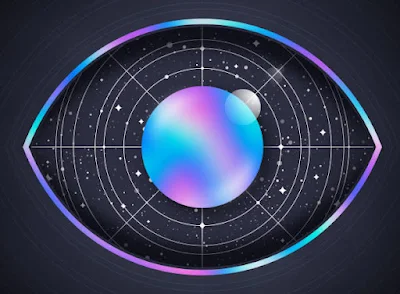Tarot Tales: Unveiling the Secrets of Fortune Telling Cards
Tarot Tales: Unveiling the Secrets of Fortune Telling Cards
In the realm of divination and fortune-telling, few tools are as iconic and captivating as the Tarot cards. The rich symbolism, intricate imagery, and mystical allure of the Tarot have enchanted seekers for centuries. "Tarot Tales: Unveiling the Secrets of Fortune Telling Cards" embarks on a journey into the world of Tarot, exploring its history, symbolism, and profound role in providing insights into the human experience.
The Origins of Tarot
The origins of Tarot cards are shrouded in mystery, with historical records pointing to their emergence in the late Middle Ages, possibly in Italy. Initially, the Tarot was used for card games, much like modern playing cards, reflecting the social and recreational aspects of the time. Over the centuries, however, the Tarot evolved from a deck of game cards into a powerful tool for divination and introspection.
The Structure of the Tarot Deck
A traditional Tarot deck consists of 78 cards, divided into two main categories: the Major Arcana and the Minor Arcana. The Major Arcana comprises 22 cards, each representing a significant archetype or concept, such as The Fool, The Empress, and The Lovers. These cards often symbolize major life events, transitions, and spiritual insights.
The Minor Arcana consists of 56 cards, divided into four suits: Wands, Cups, Swords, and Pentacles. Each suit corresponds to a specific element and reflects various aspects of human life, including creativity, emotions, thoughts, and material concerns. The Minor Arcana offers detailed insights into everyday situations and experiences.
Symbolism and Interpretation
At the heart of the Tarot's allure is its intricate symbolism. Every card is adorned with a unique combination of symbols, colors, and figures that invite contemplation and interpretation. The cards speak a visual language that resonates with the subconscious mind, allowing the reader to tap into intuitive insights beyond the realm of words.
Interpreting Tarot cards is an art that requires a deep understanding of symbolism, intuition, and personal connection. Readers draw upon their knowledge of traditional meanings, as well as their own intuitive insights, to provide readings that are tailored to the seeker's questions and concerns.
The Tarot Reader's Journey
Becoming a proficient Tarot reader is not merely a matter of memorizing card meanings. It's a journey of self-discovery and connection with the cards' energies. Tarot readers often develop unique relationships with their decks, infusing them with their intentions, energies, and perspectives. This bond allows readers to tune into the cards' messages and provide guidance that is both personal and profound.
Tarot Spreads: Mapping Possibilities
A Tarot spread is a specific arrangement of cards that guides the reader in addressing a particular question or topic. Spreads range from simple three-card layouts to more complex spreads like the Celtic Cross, which offers insights into various aspects of a situation. Each card's position in the spread adds depth and nuance to the reading, providing a comprehensive view of the situation at hand.
Beyond Prediction: Insights and Empowerment
While Tarot is often associated with fortune-telling and predicting the future, its true power lies in its ability to provide insights, guidance, and empowerment. A Tarot reading can shed light on the factors influencing a situation, reveal hidden motivations, and highlight potential paths forward. Rather than dictating a fixed outcome, Tarot readings encourage seekers to take an active role in shaping their lives and making informed decisions.
Myth, Magic, and Misconceptions
The world of Tarot has also been tinged with myth and magic, thanks to its portrayal in literature, films, and popular culture. While Tarot cards themselves don't possess inherent mystical powers, their ability to tap into the subconscious and offer profound insights has contributed to their mystique. However, misconceptions and sensationalized depictions have sometimes clouded the true essence of the Tarot.
Modern Resurgence and Adaptations
In recent decades, the Tarot has experienced a resurgence in popularity, thanks in part to its accessibility through books, online resources, and mobile apps. Modern Tarot practitioners have also embraced diverse interpretations and adaptations of the traditional deck. Some decks feature new themes, such as fantasy, mythology, or even pop culture references, offering fresh perspectives while retaining the core symbolism.
Conclusion: The Mirror of the Soul
"Tarot Tales: Unveiling the Secrets of Fortune Telling Cards" reveals that the Tarot is more than just a divination tool—it's a mirror of the human soul, reflecting our aspirations, fears, and desires. Its cards tell stories that resonate across cultures, ages, and backgrounds, reminding us of the universal human journey.
As seekers shuffle the cards and lay them out, they embark on a journey of self-discovery, seeking answers, insights, and clarity. The Tarot invites us to embrace our inner wisdom and intuition, fostering a connection with the unseen forces that shape our lives. In its intricate designs and timeless symbolism, the Tarot continues to beckon us into the realm of mystery and introspection, offering a glimpse into the profound tapestry of human existence.

%20(1)%20(1).jpg)


Commenti
Posta un commento